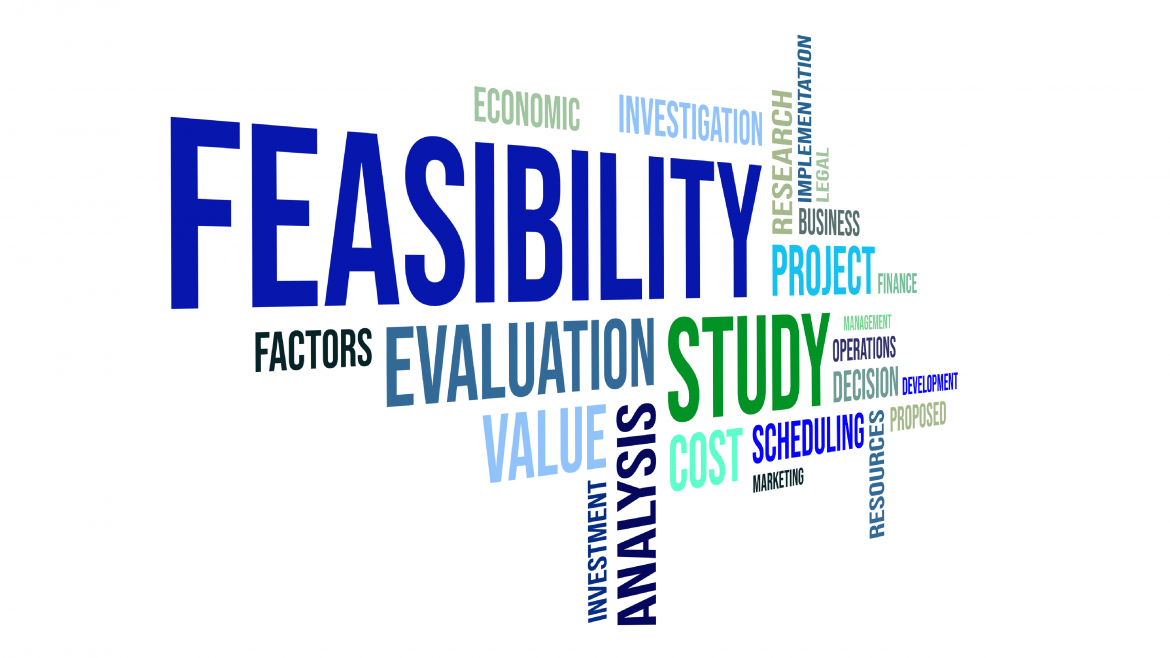Do you have a great idea for a new business that is going to change the world, or at least change the world around you? Before you can launch your business there are several things to consider. One of the most important items to consider is the development of a Feasibility Analysis. While this is not a required step in the process of launching a business but it can be helpful in fleshing the possibility and probability of the success of your idea for a business and avoiding common pitfalls.
Feasibility analysis is the process of determining whether a business idea is practical, sustainable and possible. This process helps the potential business owner screen ideas before spending an excessive amount of effort and resources on the idea. A feasibility analysis consists of four parts: product/service feasibility, industry/target market feasibility, organizational feasibility and financial feasibility. These four analyses should be completed after the business plan is proposed.
Product/Service Feasibility
The product or service desirability is designed to determine if the product is generally a good idea. There are several questions to ask when determining the appeal of a product. First off, is this a product that a customer will actually use? Will customers get excited about the product or service? Additional questions to consider could include: When is a good time to introduce this product or service? Is there a flaw with the product or service?
After answering these questions, the next step is to develop a concept test. This is a one-page description of your product or service so that prospective customers may provide feedback. To assess the customers’ product and service demand there are three separate steps to take. Step one is talking face-to-face with potential customers, step two is using online tools and finally, step three is using the library, internet and gumshoe research to determine the strength of demand for a product.
Industry/Target Market Feasibility
The next step in the feasibility analysis is the industry/target market feasibility analysis. There are two different components of industry/target market feasibility analysis which are industry attractiveness and target market attractiveness. In general, there are several industry and market characteristics that are considered attractive, some of which include: young, early life cycle, fragmented, growing, not crowded with competition, among other considerations.
Organizational Feasibility
The next step is to work through organizational feasibility analysis which has two components: management prowess and resource sufficiency. Two important factors to examine in the management prowess arena is the passion and market understanding of the founder or founding members of the business. Secondly, the founder(s) need to look at the amount of resources that are accessible to them in order to launch their business. A business should account for about six to 12 most critical non-financial resources needed to make the business work. If a business cannot realistically pay for these needed resources, it might not be wise to proceed with the business idea.
Financial Feasibility
Lastly, the potential business owner(s) must examine the financial feasibility of a potential business. This would include considering total start-up cash needed, the financial performance of similar businesses and overall financial attractiveness of the proposed business plan. To estimate the total start-up cash, compare the potential business to already established similar businesses. Other financial factors that attribute to the financial attractiveness could be steady and rapid growth in sales, high percentage of recurring revenue and ability to forecast income and expenses with a reasonable degree of certainty.
Upon completion of these four phases of feasibility analysis, the prospective entrepreneur should be able to make a decision on whether or not to move forward with their concept. This may mean backtracking by either developing a more robust plan, or moving forward to engage customers more deeply or building a first version of their product or service.
Hayden Baroni, Baylor University student


